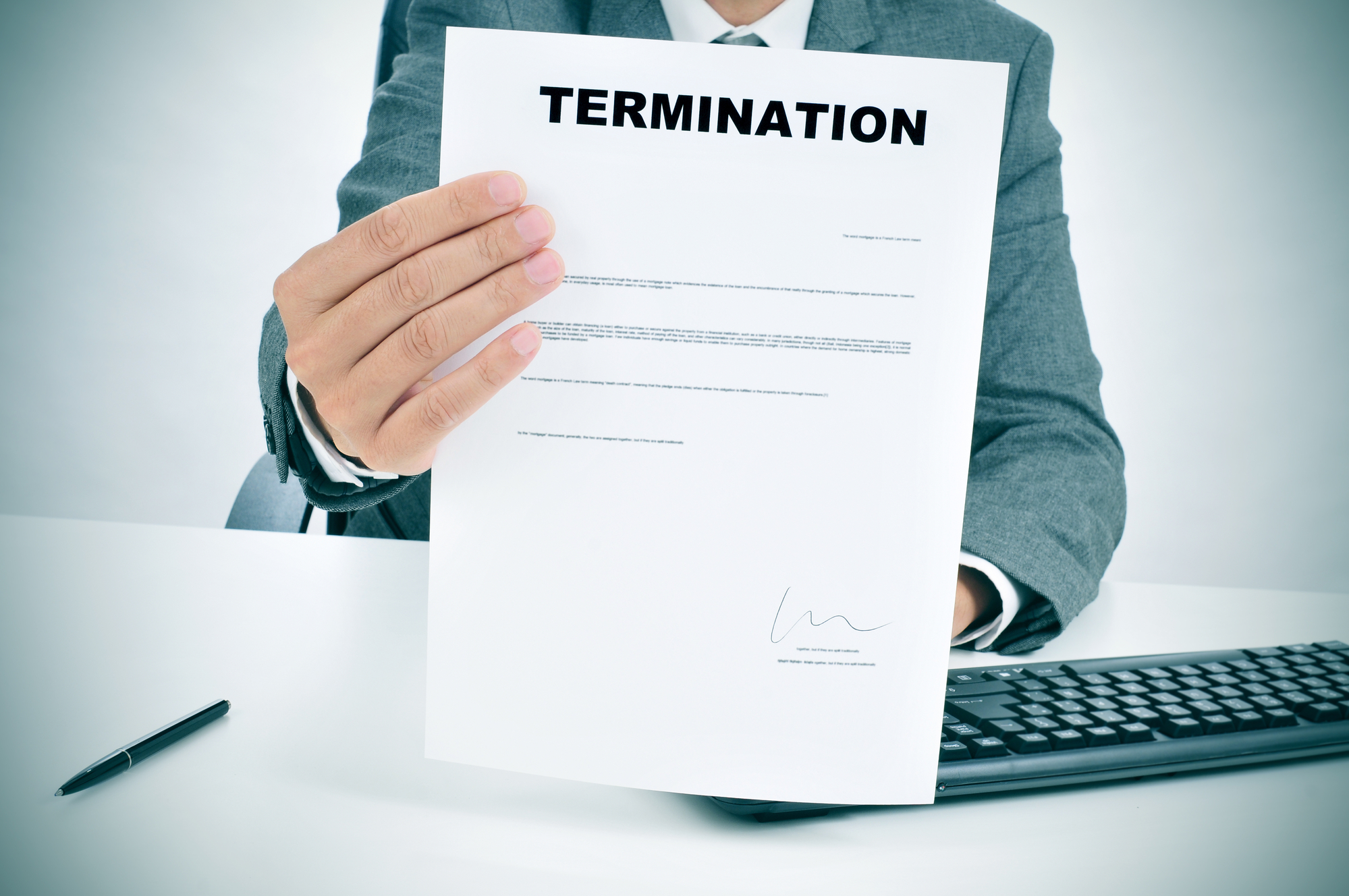How to Fire an Employee
 It’s safe to say nobody likes to fire an employee. But, there may come a time when you’ll have to terminate an employee for poor performance or as part of a necessary cut. While an employer has a lot of freedom in how they can approach a firing, there are few written and unwritten rules to keep in mind.
It’s safe to say nobody likes to fire an employee. But, there may come a time when you’ll have to terminate an employee for poor performance or as part of a necessary cut. While an employer has a lot of freedom in how they can approach a firing, there are few written and unwritten rules to keep in mind.
Give Notice Whenever Possible
If an employee is getting let go due to performance, keep in mind that Connecticut, like most states, maintains an at-will employment model in its labor law. This term means an employee can be dismissed by an employer without warning for any reason, with the exception being dismissal on grounds of illegal discrimination such as race or religion. Most people are familiar with the expectation of providing “two weeks notice” when leaving a company, but not everyone realizes this expectation cuts both ways.
Be sure to hold regular performance reviews with underperforming workers and set clear goals and expectations within a chosen timeline. By giving the employee a chance to improve their performance before checking in at another review, you reduce the chance of taking them by surprise with termination (not to mention, of course, helping the employee fix the problematic behavior!)
A good rule of thumb for this ‘probation’ is ninety days, but it can be shorter or longer depending on the situation. If expectations are clear, both the employer and the employee should have a good understanding at the end of this window if they’re a good fit for the company.
Be Clear
When it’s time to let someone go, prepare beforehand by gathering documentation of the employee’s performance and any other materials that will help the employee understand the cause of their firing. You don’t need to give ultra specific reasons necessarily, but people generally like to understand why they’re being let go.
Keeping record of any write-up incidents where an employee violated rules outlined within an employee handbook, for example, is an excellent way to protect yourself legally and maintain professionalism during a time when tensions (and unsupported accusations) may be high.
Face to Face
Firings can be uncomfortable for all parties involved, but one should still make every effort to provide the news in person. Usually, the most appropriate person is the employee’s direct supervisor. Avoid delivering the news via phone, text, email, or over instant message. This sets a bad tone and can negatively affect your reputation if the ex-employee maintains relationships with current or future hires.
The golden rule applies here: treat others the way you’d like to be treated. Ask yourself how you’d prefer the situation be handed if the role of employer and employee was reversed. That being said, do your best to give the employee space and privacy during the process. For example, letting someone go at the end of the day when everyone has gone home can help them save face with their co-workers and process the news without prying questions.
Hire a PEO
Letting someone go takes more than just emotional fortitude. The action also precipitates a lot of paperwork and legal boxes to check. Staying in compliance during a termination can be difficult when an employer is juggling the many responsibilities of entrepreneurship.
This is where a Professional Employer Organization can help. Outsourcing talent acquisition can be of great help in a small to medium sized business where a dedicated HR department is too great of an expense. A competent PEO can provide documentation, compliance,, and most significant of all, experienced advice when it comes to termination.
{{cta(‘2c7575cf-341e-40b2-9f9c-98248432587f’,’justifycenter’)}}
Go Back